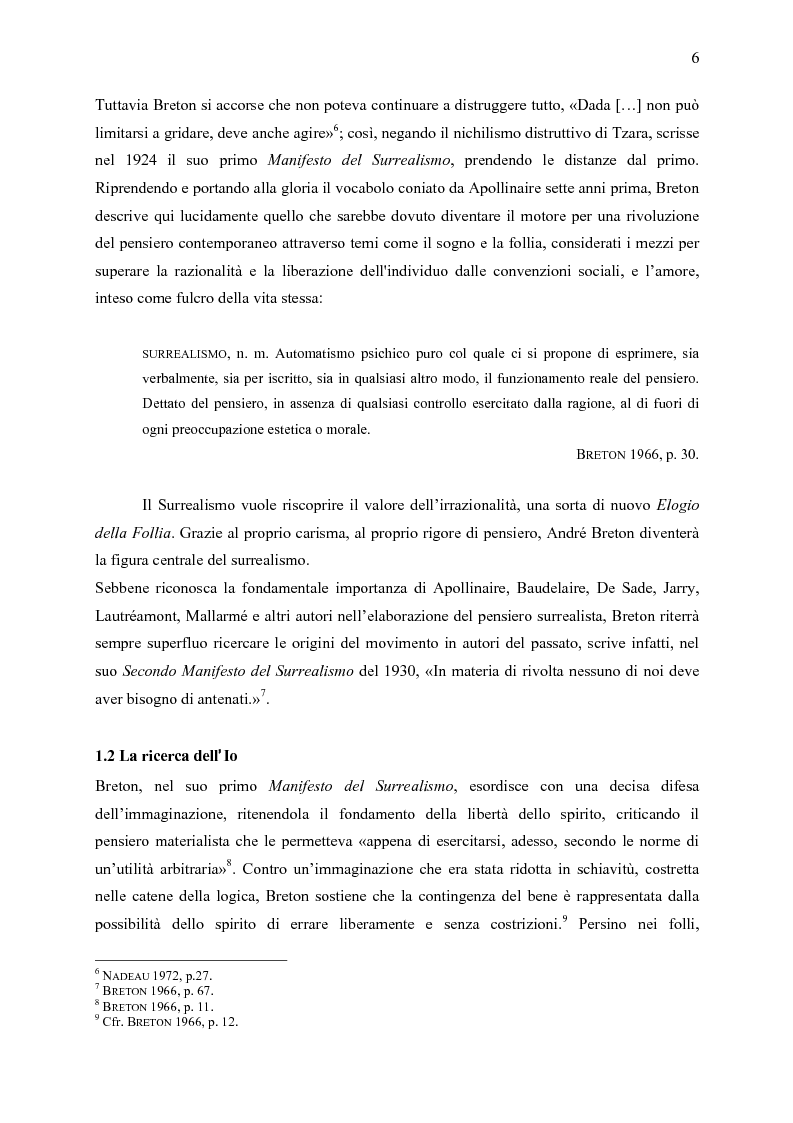

In this way, programmes and manifestos have reinforced the character of organisations and movements through their fundamental ideas. The surreal symbolic spaces will have an assimilation with the contemporaneity in which we live, which will reflect the timelessness of the public spaces of this stage of history.įrom the time of the Renaissance, treaties on architecture, odes to the arts, and the study of their canons through written sources, have served to defend, emphasise, or proclaim the validity of different artistic forms and styles. From this study, we will end up with a broader knowledge of the theoretical architecture and surreal urbanism of Paris at the beginning of the 20th century through the study of its literary sources. The Surreal City is something purely theoretical, something that was not carried out during the surreal stage, but whose spectra and signals can be seen in the aesthetic and ideological basis that was used in the construction of other cities or contemporary urban spaces. In this sense, we are going to focus on the Surrealist Movement and its literary work in order to understand its urban practice. However, there is a deeper ground regarding not only architectural theory but also urban planning, especially the one corresponding to the 20th century. The history of architecture has been marked by the study of architectural treatises and the ornamental forms, or the lack of them in buildings.

Los espacios simbólicos surrealistas se asimilarán con la contemporaneidad en que vivimos, lo que reflejará la atemporalidad de los espacios públicos de esta etapa de la historia. De este estudio terminaremos con un conocimiento más amplio de la arquitectura teórica y el urbanismo surrealista de París a principios del siglo XX a través del estudio de sus fuentes literarias.

La Ciudad Surrealista es algo puramente teórico, algo que no se llevó a cabo durante la etapa surrealista, pero cuyos espectros y señales se pueden ver en la base estética e ideológica que se utilizó en la construcción de otras ciudades o espacios urbanos contemporáneos. En este sentido, nos vamos a centrar en el Movimiento Surrealista y su obra literaria para comprender su práctica urbana. Sin embargo, hay un terreno más profundo en relación no solo con la teoría arquitectónica sino también con la planificación urbana, especialmente la correspondiente al siglo XX. La historia de la arquitectura ha estado marcada por el estudio de los tratados arquitectónicos y las formas ornamentales, o la falta de ellas, de los edificios.


 0 kommentar(er)
0 kommentar(er)
